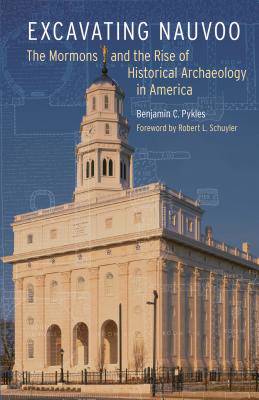
- Afhalen na 1 uur in een winkel met voorraad
- Gratis thuislevering in België vanaf € 30
- Ruim aanbod met 7 miljoen producten
- Afhalen na 1 uur in een winkel met voorraad
- Gratis thuislevering in België vanaf € 30
- Ruim aanbod met 7 miljoen producten
Zoeken
€ 45,95
+ 91 punten
Uitvoering
Omschrijving
This detailed study of the excavation and restoration of the city of Nauvoo, Illinois, reveals the roots of historical archaeology. In the 1960s, the Church of Jesus Christ of Latter-day Saints sponsored an archaeology program to authentically restore the city of Nauvoo, which was founded along the Mississippi River in the 1840s by the Mormons as they moved west. Non-Mormon scholars were also interested in Nauvoo because it was representative of several western frontier towns in this era. As the archaeology and restoration of Nauvoo progressed, however, conflicts arose, particularly regarding control of the site and its interpretation for the public. The field of historical archaeology was just coming into its own during this period, with myriad perspectives and doctrines being developed and tested. The Nauvoo site was one of the places where the discipline was forged. This well-researched account weaves together multiple viewpoints in examining the many contentious issues surrounding the archaeology and restoration of the city of Nauvoo, Illinois, providing an illuminating picture of the early days of professional historical archaeology.
Specificaties
Betrokkenen
- Auteur(s):
- Uitgeverij:
Inhoud
- Aantal bladzijden:
- 416
- Taal:
- Engels
- Reeks:
Eigenschappen
- Productcode (EAN):
- 9781496202246
- Verschijningsdatum:
- 1/03/2018
- Uitvoering:
- Paperback
- Formaat:
- Trade paperback (VS)
- Afmetingen:
- 140 mm x 216 mm
- Gewicht:
- 526 g

Alleen bij Standaard Boekhandel
+ 91 punten op je klantenkaart van Standaard Boekhandel
Beoordelingen
We publiceren alleen reviews die voldoen aan de voorwaarden voor reviews. Bekijk onze voorwaarden voor reviews.











